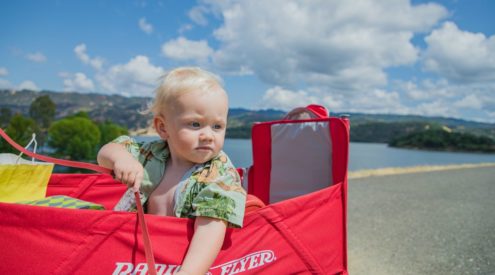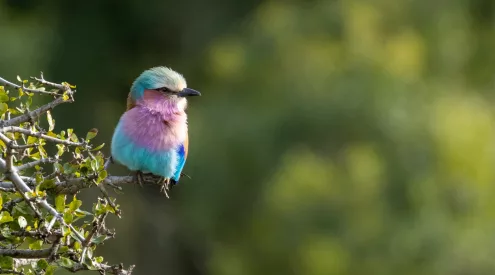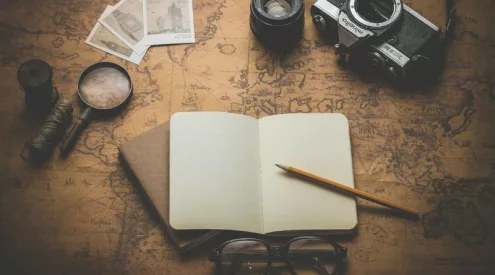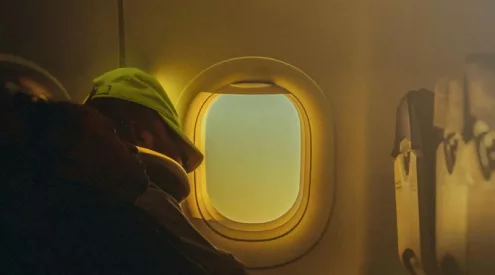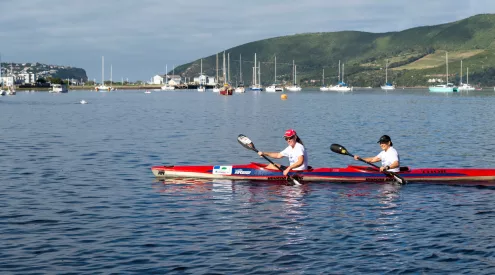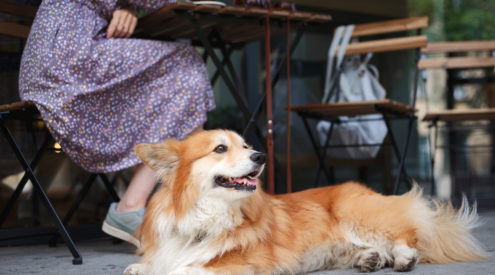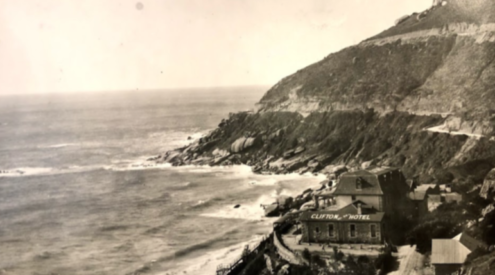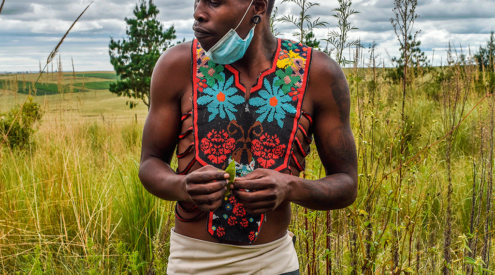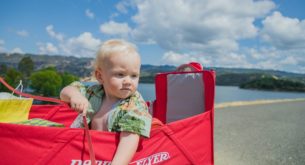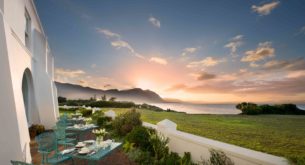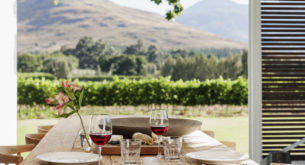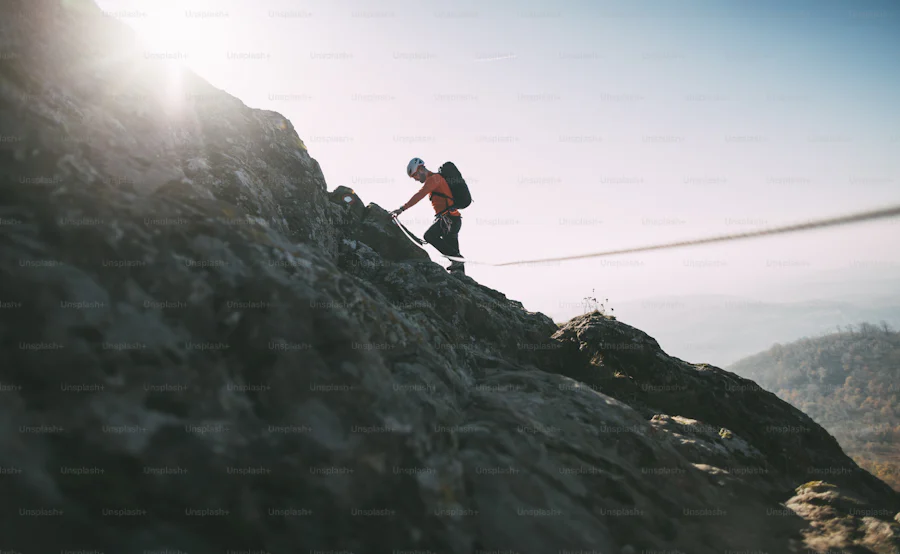‘There are leopards in these mountains!’ On our walk down the Tierkloof trail with reserve manager Tom Barry and field ranger Cornelius Julies, we came across fresh leopard spoor. ‘This is a leopard’s highway,’ Tom joked. Only it isn’t a joke. There are plenty of leopards in the Gamkaberg. And interestingly, some of them are much bigger than the average Cape leopard, which tends to be about half the size of the leopards found in the rest of Africa.
Tom took us to meet Gareth Mann, a PhD student who is working with the Cape Leopard Trust to understand the ecology of leopards in the Klein Karoo, including the Gamkaberg. I had met up with the Cape Leopard Trust in the Cederberg and Namaqualand, so it was good to complete the picture here with Gareth.
Gareth and his team have set up 56 cameras across their 3 000 square kilometre study area and have collared three leopards, gaining information on their movements from the GPS signals. This gives the researchers a good idea of their territories, as well as other things like their prey. ‘When we see that they haven’t moved for a while, that’s probably because they’ve made a kill,’ Gareth explained, ‘We can then check out what they’ve eaten.’
Interestingly, and contrary to accepted wisdom, the Gamka leopards are regular hunters of baboon – about 30% of their diet. Elsewhere in the Cape, leopards tend to avoid baboons, which can be as big as the cats, with sharp canines that are even larger. Other prey species include duiker, hares, klipspringer and the occasional farmed ostrich.
The conflict between leopards and farmers continues here, like the rest of South Africa. One of the Cape Leopard Trust’s goals is to educate the surrounding communities about the role of leopards in the ecosystem, and alleviate the conflict with appropriate methods such as supplying farmers with Anatolian shepherd dogs.
Without leopards as the apex predator, the other smaller predators can overwhelm livestock. Predators such as caracal and jackal tend to stay out of areas where leopards roam and even though farmers have been killing leopards for several centuries now, they have not died out. The secretive cats are experts at hiding in the rugged mountains, and make their hunting forays at night. Shoot one leopard, and another simply moves into the territory and breeds with the local female.
The farmers in the Gamkaberg have shot plenty of leopard in the past … some as many as 50 over their lifetime. But slowly they are starting to change their ways, and beginning to recognize the leopard as an asset from which they can benefit. Several farmers now actively use the leopard to market their tourism facilities, while using Anatolian shepherd dogs to keep the cats from preying on their livestock.
It’s good to know that the leopards are here. They are a striking symbol of our natural heritage and one which continues to captivate visitors’ imaginations. There is one leopard in particular which has captured mine – Oom Pep.
This huge leopard – estimated at around 80 kilograms, although Gareth says that is extremely large – is named after a field ranger who used to work in the Gamkaberg Nature Reserve. ‘He’s the big male which used to roam around Tierfkloof,’ Tom told me, ‘He’s moved away now, but he’s still in the region.’
The other night, after working late, I walked back to camp along one of the paths through the thicket at around midnight. I kept thinking about Oom Pep, wondering if he was watching me. Leopards of his size have no qualms taking on prey twice my size. In fact, Gareth had told me earlier in the day that Oom Pep had once killed an adult eland bull antelope, which can weigh several hundred kilograms.
I got into bed, both slightly relieved at having made it back without encountering Oom Pep, but more amazed and proud that leopards still roam here, free and wild.
Here are some photos from the camera traps which Gareth has installed in the Gamkaberg, these are just some of the many animals which are found here! Thanks Gareth and the Cape Leopard Trust for your time. Keep up the good work, it’s great to know that there are people like you out there!
Image courtesy of Gareth Mann fro Cape Leopard Trust
Need a place to stay? Find the best accommodation in the Klein Karoo with Getaway Accommodation.
For more, go to www.yearinthewild.com and www.facebook.com/yearinthewild. Thanks again to my sponsors for making it all possible. CapeNature, South African National Parks, Ezemvelo KZN Wildlife, Eastern Cape Parks, iSimangaliso Wetland Park, Ford, Total, Evosat, Conqueror Trailers, Vodacom, Digicape, Lacie, Frontrunner, Safari Centre Cape Town, K-Way, EeziAwn, National Luna, Nokia , Goodyear, Global Fleet Sales, Hetzner, Clearstream Consulting and Escape Gear.

